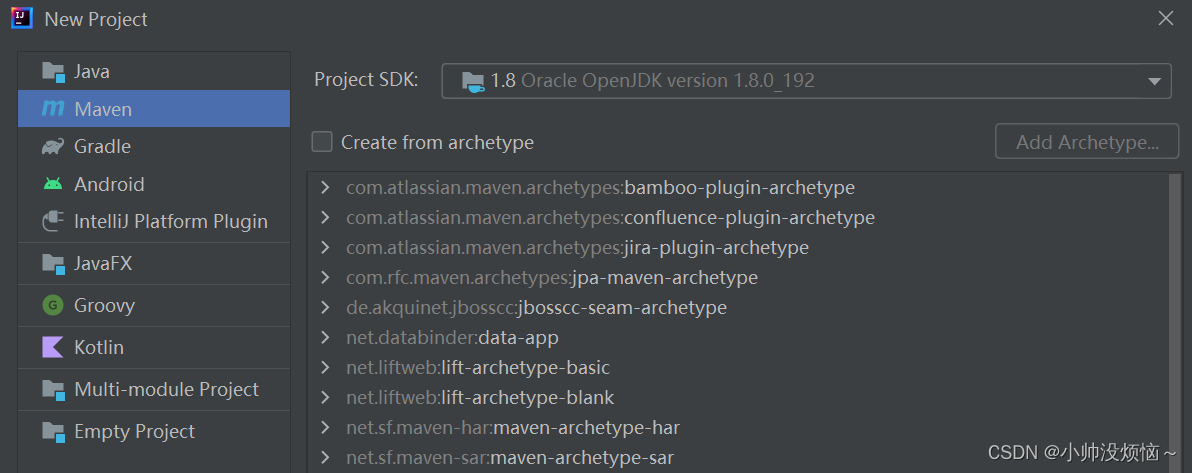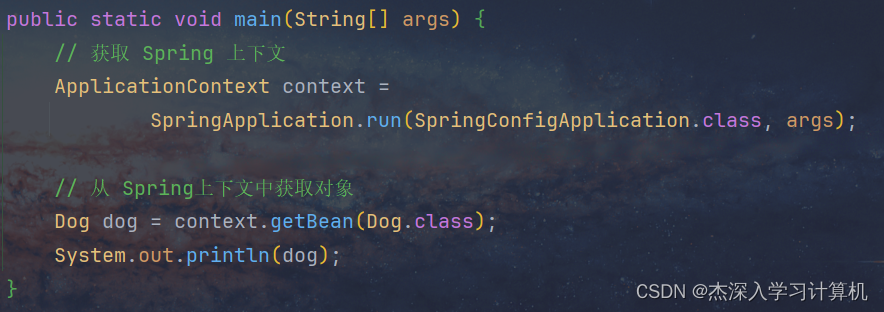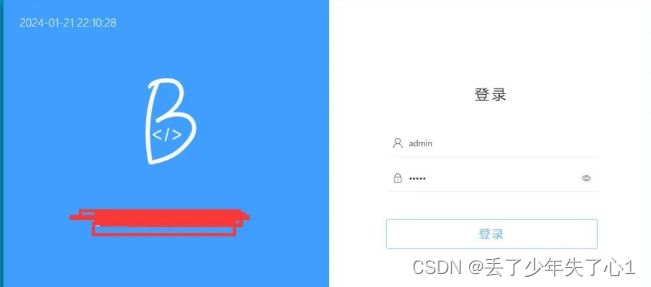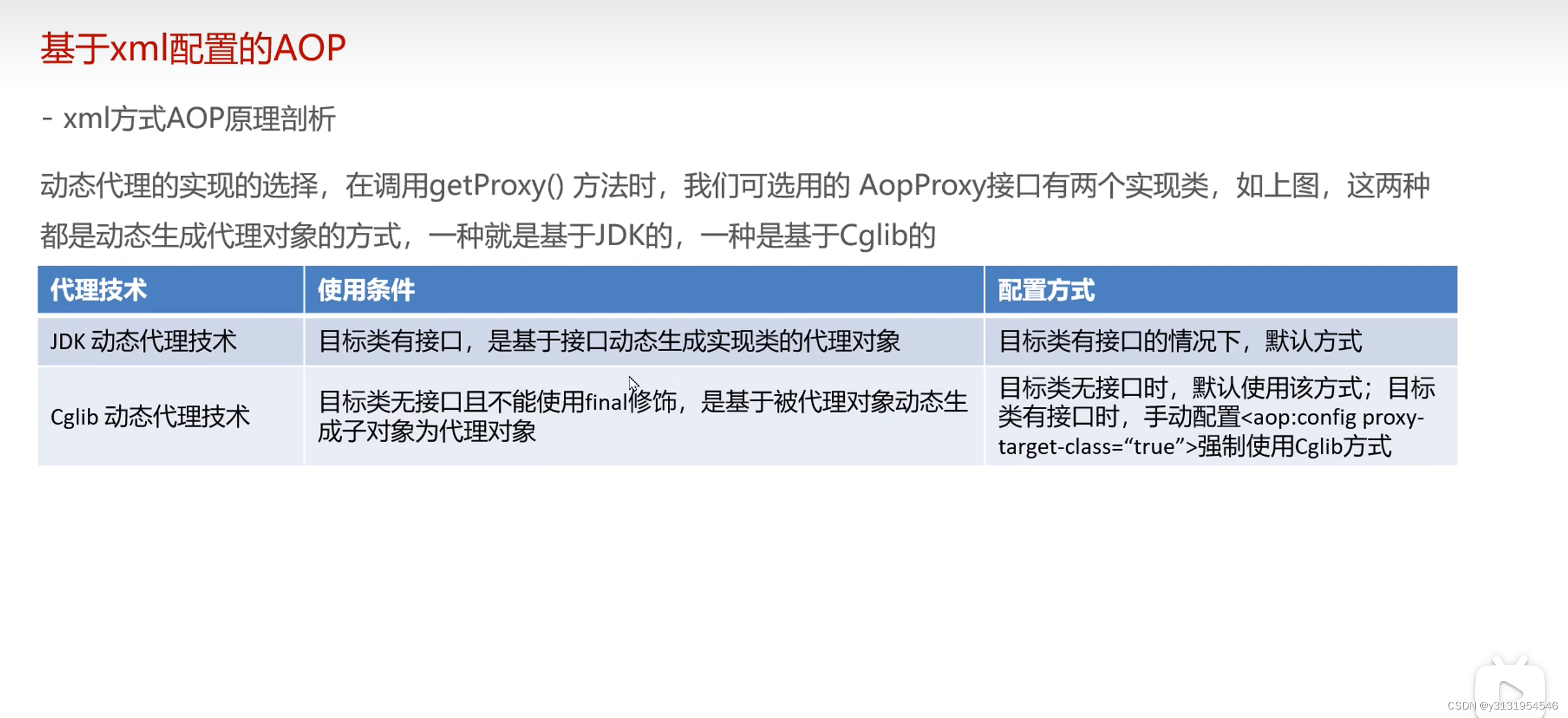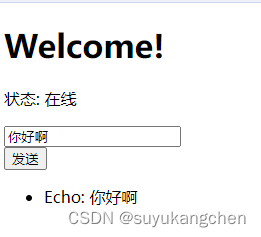本文介绍: 在spring框架中,对于简单的定时任务,可以使用 @Scheduled 注解实现,在实际项目中,经常需要动态的控制定时任务,比如通过接口增加、启动、停止、删除定时任务,动态的改变定时任务的执行时间等。
在spring框架中,对于简单的定时任务,可以使用 @Scheduled 注解实现,在实际项目中,经常需要动态的控制定时任务,比如通过接口增加、启动、停止、删除定时任务,动态的改变定时任务的执行时间等。
我们可以通过编码的方式动态控制定时任务,具体的代码参照 示例项目 https://github.com/qihaiyan/springcamp/tree/master/spring-dynamic-scheduler
一、概述
在spring框架可以通过 CronTask 和 TaskScheduler 动态控制定时任务,实现定时任务的动态更新,比如修改定时任务的执行时间,这个是 @Scheduled 无法实现的。采用编码控制动态任务的方式,我们还可以把动态任务执行信息保存到数据库中,通过数据库里的任务配置数据来动态控制定时任务,也可以通过接口来动态控制定时任务。
二、配置定时任务
首先,同 @Scheduled 注解的方式一样,动态控制定时任务也需要使用 @EnableScheduling 注解来开启定时任务功能:
然后通过实现 SchedulingConfigurer 接口来对动态任务进行配置:
通过上面的代码,我们就启用了动态任务的基本能力,为动态任务指定了执行线程池。
三、动态更新定时任务
四、动态停止定时任务
五、通过接口控制定时任务
声明:本站所有文章,如无特殊说明或标注,均为本站原创发布。任何个人或组织,在未征得本站同意时,禁止复制、盗用、采集、发布本站内容到任何网站、书籍等各类媒体平台。如若本站内容侵犯了原著者的合法权益,可联系我们进行处理。

